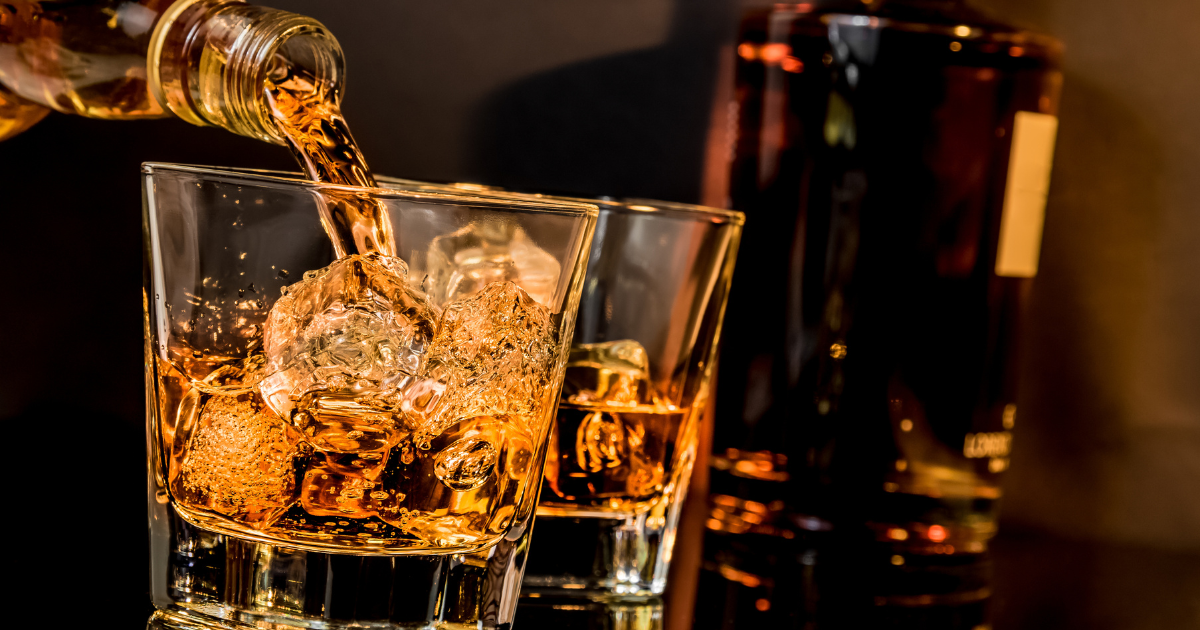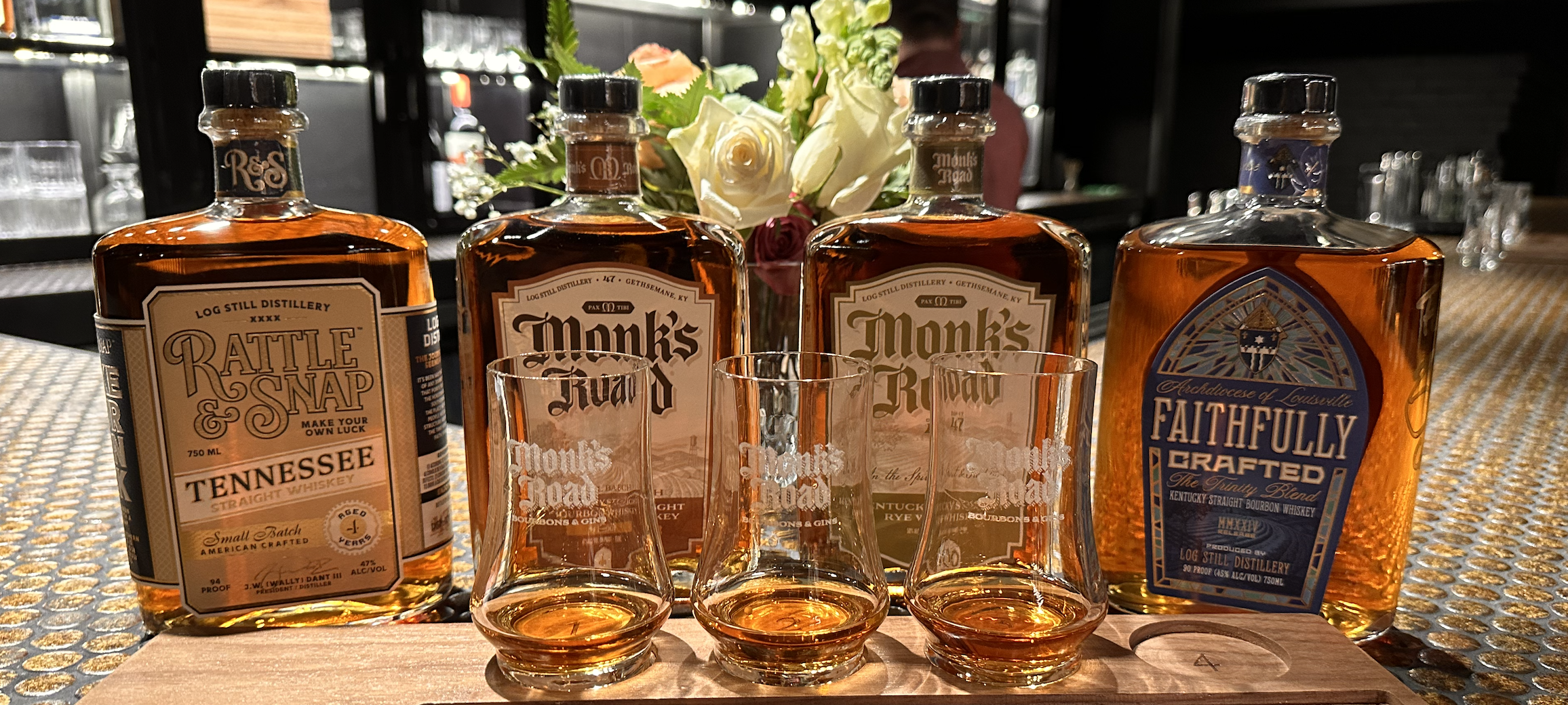Barrel Spotlight: One Mash Bill, Two Unique Paths
Welcome back to the Brindiamo Barrel Spotlight, our weekly email series highlighting the barrels, distilleries, and market dynamics shaping today’s...

Creating a distinct whiskey flavor profile requires a deep understanding of ingredients, fermentation, distillation, and aging processes. Whether you're a new distiller looking to establish a unique identity or a seasoned producer refining your craft, developing a signature flavor involves a combination of science and artistry. Here’s a step-by-step guide to crafting a whiskey that stands out.
The choice of grains in the mash bill significantly influences the whiskey’s flavor profile. Common grains and their impact include:
Different combinations create unique styles:
Yeast plays a crucial role in defining whiskey’s flavor by producing esters and other compounds during fermentation. Some yeast strains enhance fruitiness, while others contribute to spice or floral notes.
Fermentation is where the magic of flavor development begins. The length and conditions of fermentation significantly impact the final taste.
Distillation refines the flavors developed in fermentation and concentrates them into the final spirit. Key factors in shaping the flavor include:
Distillers separate the spirit into different sections during distillation:
Adjusting where the cuts are made affects the whiskey’s final character.
The aging process contributes 60-80% of the final whiskey flavor. Several factors impact barrel aging:
Finishing whiskey in different barrels adds complexity and uniqueness. Popular finishing techniques include:
Blending is an art form that allows distillers to create layered, well-balanced whiskey. By combining different barrels, ages, or even whiskey styles, distillers can achieve:
Regular tasting throughout production helps refine the flavor. Key elements to evaluate:
Adjustments can be made in fermentation, distillation, or aging to achieve the desired profile.
Crafting a distinct whiskey flavor profile is both a science and an art. By carefully selecting grains, yeast, distillation methods, and aging techniques, distillers can create a unique and memorable whiskey. Experimentation and attention to detail will help set your brand apart in a competitive market.
Whether you’re refining a traditional recipe or innovating with new flavors, the key is to balance consistency with creativity—producing a whiskey that tells a story with every sip. Cheers to the craft of whiskey-making! 🥃

Welcome back to the Brindiamo Barrel Spotlight, our weekly email series highlighting the barrels, distilleries, and market dynamics shaping today’s...

The market for bourbon barrels is bifurcated. Over the course of the last 24 months, the conversation has shifted from how to find whiskey to how to...

Welcome to the Brindiamo Barrel Spotlight, our weekly series celebrating the barrels, distilleries, and market dynamics shaping today’s whiskey...

The alcoholic beverage industry presents significant profit potential, attracting many aspiring entrepreneurs. This expansive industry offers...

At Brindiamo, we believe that every whiskey tells a story. Our Flight Spotlight series showcases curated whiskey experiences that highlight...

Aveniu Brands becomes the exclusive agent for Prichards DistilleryOn March 12, 2014, in the heart of Nashville, Tennessee, Gruppo Codorniu, alongside...
Join the conversation
Leave a comment below.